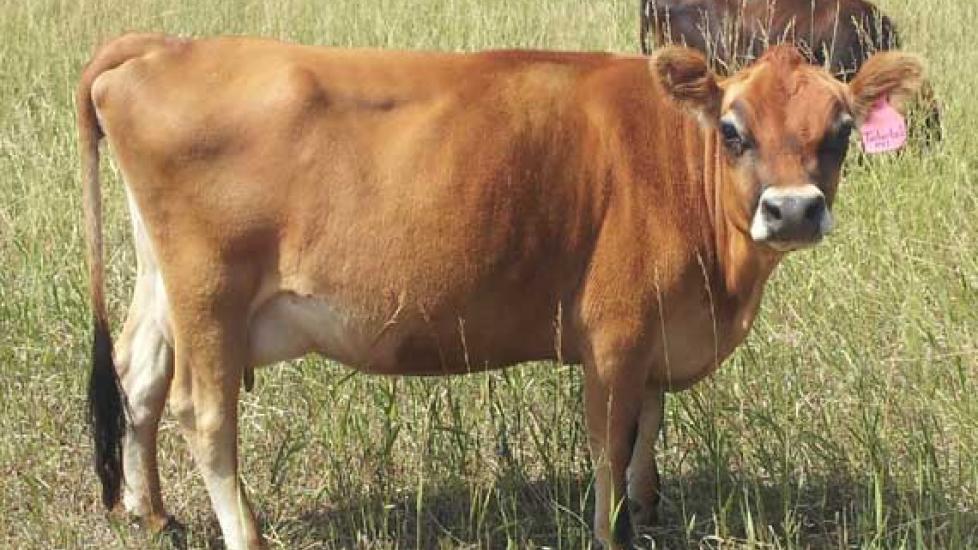Make Way for Mini Cows
It used to be that my belief in miniature cows was like that of UFOs and the Loch Ness Monster: I’d believe they existed if I saw one.
I had heard of mini cows before and ignorantly blustered my way around the anecdotal evidence. Oh, they’re probably just dwarf versions of “normal-sized” cows, I thought, contributing size differences to simple unintended genetic mutations. But after I actually went to a farm that had legitimate mini cows, I had to eat my own words. Mini cows do exist. And they’re darn cute.
This particular farm had a handful of mini cows, which were used for shows and exhibitions. These minis looked exactly like black Angus cattle except for their size, and I’ll admit, it was a little jarring at first to see them — I truly could not believe my eyes.
Sure, I’ve seen animals in miniature before. Miniature horses are delightfully commonplace around where I live, with some breeding farms having upwards of 60 or 70 of the wee little equines running around. But mini cows? How does that even happen?
Turns out, there’s really no secret behind mini cows. They have been developed in the same way horse breeders developed the miniature horse: primarily through select breeding. Mini cow breeders will take their desired “regular size” breed, like the lovely red and white splotched beef breed the Hereford for example, and cross it with a Dexter, a cattle breed known for its particularly small stature.
The resulting progeny will hopefully have the coloring of a Hereford and the size of a Dexter. Then with subsequent generations, breeders will select the animals that are the smallest, honing in the gene pool for size specificity. Eventually you’ll get cattle roughly 36 to 42 inches in height and voila: mini cows!
Other than the sheer uniqueness of a mini cow, you might wonder why anyone would actually have one. Truthfully, many folks have minis as pets — they make efficient grass cutters that require less hay in the winter and less space in terms of housing. They also tend to be somewhat docile in nature, which I think corresponds to their size — they are handled more because they are small and therefore are tamer than perhaps your larger bovine.
Some breeds of mini cow are actually endangered and some people are attracted to the preservation of a unique breed. Because of their small size, mini cows are easier to keep than larger bovines and thus can attract small-time hobby farmers. Exhibitions at shows and farm events are popular places to see mini cows and gives breeders a chance to educate the public.
As far as my mini cow experience, I can report they were relatively easy to work with in terms of manners but a little bit hard on my back. Their size was just short enough that I had to repeatedly bend down to give vaccines or check ear tag numbers. (They weren’t quite docile enough that I wanted to kneel down next to them.) Since that visit, I haven’t had any other mini cow clients pop up — perhaps this type of cattle is still very much a niche concept.

Dr. Anna O'Brien
Image: Tinkerbell, from the Sure Shot Cattle Company / via International Miniature Cattle Breeder's Society and Registry
